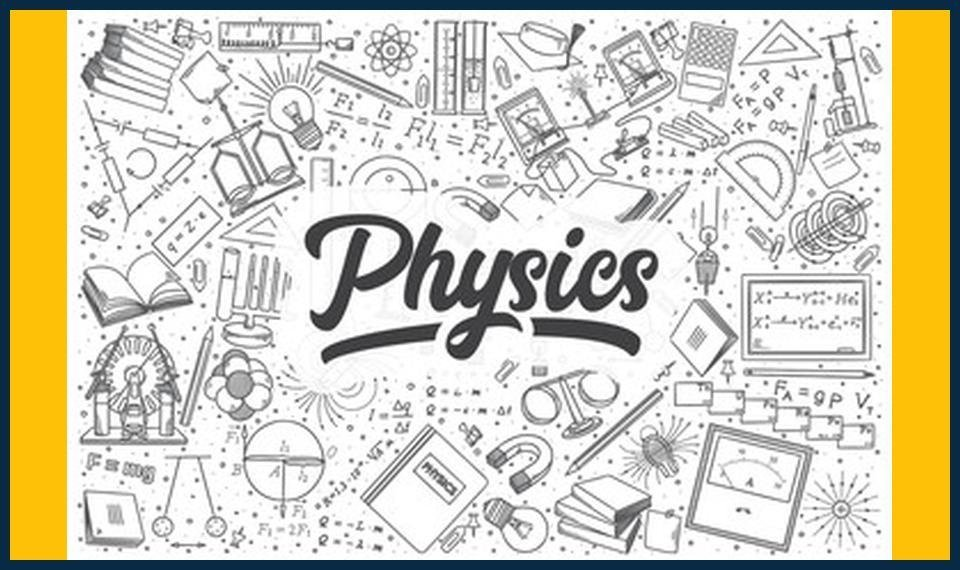![]()
—
**Introduction**
Welcome to the exciting world of electricity! As you embark on your A-Level Physics journey, one of the most captivating topics you’ll encounter is the study of electricity. This comprehensive guide is designed to help students, parents, tutors, and teachers navigate the complexities of electricity, providing insights, tips, and strategies to help you excel in your A-Level Physics course. So, let’s get started on our journey from circuits to success!
**Understanding Electricity: The Basics**
Electricity, a fundamental part of our daily lives, is the flow of electric charge. To master electricity in A-Level Physics, it’s essential to have a solid understanding of its basic principles:
1. **Electric Charge**: Charges can be positive or negative, and when these oppositely charged particles are brought close together, they attract each other.
2. **Electric Current**: The flow of electric charge is known as electric current. In a circuit, this movement is typically due to the movement of electrons.
3. **Resistance**: Resistance is the opposition to the flow of electric current within a conductor. The greater the resistance, the slower the current flows.
**Exploring Electric Circuits**
Circuits are essential in the study of electricity. To build a successful circuit, you need to:
1. **Identify the Components**: Understand the role of each component, such as batteries, wires, switches, and resistors, in the circuit.
2. **Design the Circuit**: Plan your circuit before building it. This helps in minimizing errors and ensures that the circuit is complete.
3. **Build and Test the Circuit**: Follow your design and build the circuit using the components. Then, test it to check for any errors or issues.
**Key Concepts to Master in A-Level Physics**
1. **Ohm’s Law**: Ohm’s Law states that the current through a conductor between two points is directly proportional to the voltage across the two points. This law is crucial in understanding resistors and how they affect the current in a circuit.
2. **Electric Power**: Power is the rate at which energy is transferred by an electric current. The power (P) is calculated as P = IV, where I is the current and V is the voltage.
3. **Electric Fields and Potential**: Understanding electric fields and potential difference is essential for solving problems involving forces on charges, capacitors, and electrostatic induction.
**Strategies for Success**
1. **Practice, Practice, Practice**: Regularly practice problems relating to electricity to build confidence and familiarity with the concepts.
2. **Understand the Theory**: It’s not just about solving problems; understanding the theory behind the problems is crucial.
3. **Leverage Resources**: Utilize online resources, textbooks, and tutors to deepen your understanding of the subject.
**Conclusion**
Mastering electricity in A-Level Physics is an exciting and rewarding journey. By understanding the basics, exploring circuits, mastering key concepts, and applying effective study strategies, you’ll be well on your way to success. So, delve deeper into the world of electricity, and let your understanding of this fascinating topic light up your A-Level Physics journey!




